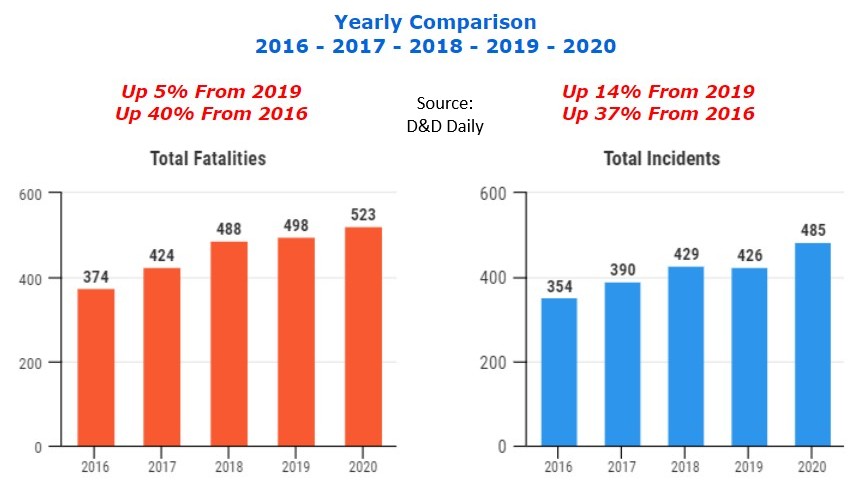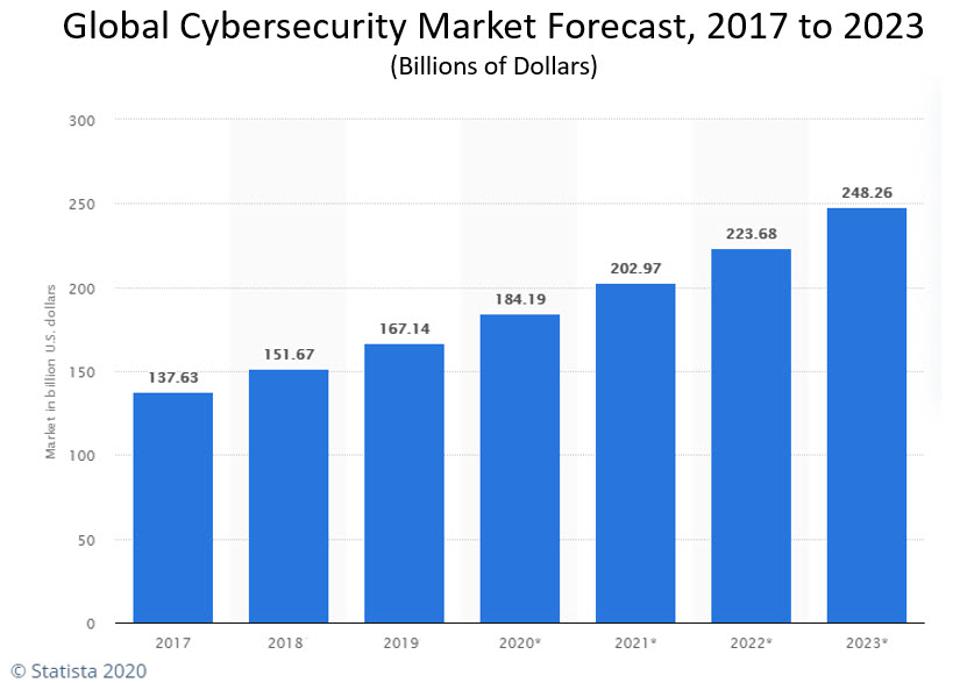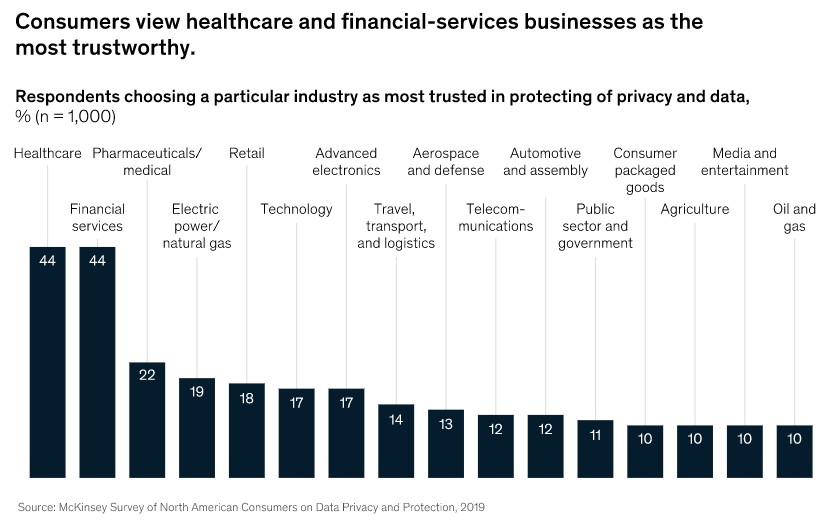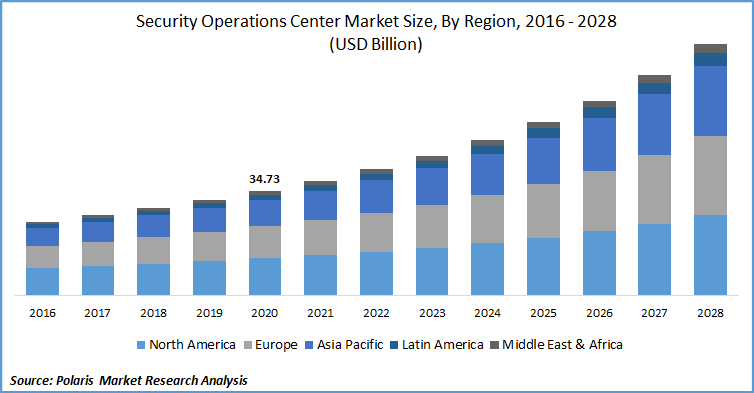
On many fronts, 2020 was a challenging year for the retail industry. During the early days of strict lockdowns to slow the spread of the coronavirus, governments around the world categorized some retailers as “essential” and others as “nonessential,” leading to a $285 billion transfer of wealth from nonessential retailers to essential retailers and a $250 billion transfer of wealth from small retailers to larger companies. This created a massive shock to the worldwide economy with GDP levels initially dropping 30% or more.
 Even with widespread store closures, the United States saw an increase in retail fatalities and violent incidents in brick-and-mortar retail stores. In 2020, 485 violent incidents, up 14% from the previous year, led to 523 fatalities, up 5% from 2019. Customers, store associates, and security personnel made up 76% of the victims with the remaining 24% being suspects.
Even with widespread store closures, the United States saw an increase in retail fatalities and violent incidents in brick-and-mortar retail stores. In 2020, 485 violent incidents, up 14% from the previous year, led to 523 fatalities, up 5% from 2019. Customers, store associates, and security personnel made up 76% of the victims with the remaining 24% being suspects.
Managing new health and safety policies to fight the pandemic and violent incidents in retail stores elevated the importance of physical security in the retail industry. As with all other sectors, security was also impacted by the acceleration of digital trends that were already underway prior to COVID-19. The security “new normal” will include these top 5 physical security trends in retail to watch in 2021 and beyond.
Innovative Uses for Existing Security Technologies
2020 has proven our capacity for innovation in the face of a global pandemic. As we continue to develop newer physical security strategies for the future, many security professionals have found new ways to use, update, and redeploy their existing security systems.
For example, many retailers have added solutions “on the edge” of their legacy video surveillance systems to connect their existing camera feeds to a remote monitoring center. From there, they can use advanced video analytics to further enhance their security program. By leveraging legacy equipment, retailers can take advantage of new technologies without needing to completely overhaul their security system.
In a recent article, I named edge computing as one of the top 3 technologies that will be critical in transitioning retail to a successful “new normal.” Security applications are only one of the many edge solutions that will grow 458% in retail stores over the next two years.
During the pandemic, physical security technologies were also enlisted in the fight of the COVID-19 virus. From monitoring mask compliance, checking occupancy, and even remotely monitoring body temperature for potential fevers, the traditional video camera stepped up to a new store control role.
China took this to the next level by outfitting police officers with fever-detecting cameras.
Increased Cybersecurity Risks and the Rise of Ransomware
Throughout 2020, we have seen a rise in cyberattacks targeting private businesses, schools, hospitals, and governments. In Q3 of 2020 alone, Trend Micro reported that there were almost 4 million email threats and over 1 million hits on malicious URLs related to COVID-19.
This increase in cyber threats has largely been attributed to the rapid shift to remote work without proper cybersecurity protocols and security awareness training to educate employees about cybersecurity best practices. As the cyber landscape continues to grow, businesses and governments alike need to strengthen their cyber posture with proven cybersecurity strategies or risk undermining the security of their intellectual property and other sensitive data.
This month, a ransomware attack that has been called one of the most disruptive digital ransom operations ever reported shut down the entire Colonial Pipeline network, which provides fuel to nearly half of the U.S. East Coast. The attack caused gasoline prices to spike to over $3 per gallon (the highest national average since October 2014) just ahead of peak summer driving season, a major challenge to consumers and the U.S. economy, which is slowly recovering from the effect of over a year of coronavirus restrictions.
Studies have estimated the cost of ransomware attacks to reach as much as $20 billion in 2021. Datto reports that downtime caused by ransomware increased by 200% in 2019 while the cost of downtime has become 23 times greater than the average ransom request. Rather than making the impossible decision between paying the ransom or slowly recovering lost systems and data, businesses need to augment their cybersecurity programs to defend against these threats.

Cybersecurity investments are expected to have a CAGR of 10.4% in the next few years, with all industries including retail increasing their investment to protect critical computer networks. Retailers should invest in proactive security measures like cybersecurity risk assessments, system vulnerability alerts, and automated reminders for firmware and hardware updates to protect their networks.
Greater Focus on Privacy Protection
With rapid digitization comes a greater awareness of just how much our data is out in the world. Data privacy laws like GDPR and HIPAA have made data protection not only an industry best practice but a regulatory requirement for businesses to operate at all. Data privacy will prove to be a driving force in the pursuit of responsible and innovative technology solutions for consumers and businesses.
More businesses are reevaluating how they collect, store, and share personal information. This has led to the growing adoption of Privacy by Design, an approach to systems engineering that seeks to ensure protection for the privacy of individuals by integrating considerations of privacy issues from the very beginning of the development of products, services, business practices, and physical infrastructures. By proactively embedding privacy into the design and operation of IT systems and business practices, data protection is no longer an afterthought.
Note in the graph below where retail ranks in being trusted in protection privacy and data.

As we move toward a more privacy-focused approach to technology, retail loss prevention professionals must evaluate their legacy security equipment and older systems, which often cannot support the fundamentals of data security.
More Investment in Emerging Technologies
Advanced technology like artificial intelligence and machine learning has often been heralded as the technology of the future — but it’s already here.
Machine learning and AI are fundamentally changing how businesses operate today, both in security and other areas of their business. The Security Industry Association (SIA) put artificial intelligence at the top of their list of 2021 megatrends. A report from Mordor Intelligence predicts that the artificial intelligence in security market will reach $14.18 billion by 2026.
Artificial intelligence and machine learning have led to major advances in physical security by powering new solutions like proactive monitoring, false alarm detection, and video analytics, all of which make a security team more efficient than ever before. Machine learning has been used in predictive analytics, which analyzes huge amounts of data to make statistical decisions for intelligent video analytics and other proactive monitoring solutions.
Video analytics has come a long way in just the past few years, with still more room to grow.
Available in many different forms, video analytics can be used to detect intruders, read license plates, count people, monitor perimeter and fence lines, and even identify unwanted behavior. By combining the power of video analytics with remote monitoring, retailers can expand their security capabilities while remaining offsite.
Further Transition to Centralized Security Operations Centers (SOCs)
Security operations centers (or SOCs for short) are a critical component of the future physical security solution portfolio. Future iterations will process vast amounts of data, much of it from AI-enabled cameras, through intensive machine-learning engines.
Centralized AI-enabled SOCs will lead to faster decision-making capabilities, improved operations, and more highly secured physical stores. The centralized SOC will merge physical and virtual elements into smarter security solutions. Over the forecast period below, SOCs market size is expected to reach a CAGR of 11.9%.

In the medium term, remote monitoring will expand a retailer’s security capabilities beyond human limits. In the short term, remote monitoring technology will provide retailers with round-the-clock surveillance and intelligent video analytics to detect threats and prevent them from impacting their business, saving them money and time lost during security breaches.
It is clear the technology will play a bigger role in physical security in retail and other industries. But unlike previous eras in history where technology has replaced human workers, these technology trends will empower security professionals to better understand the security landscape, make data-driven decisions, and respond to threats before they happen.
















